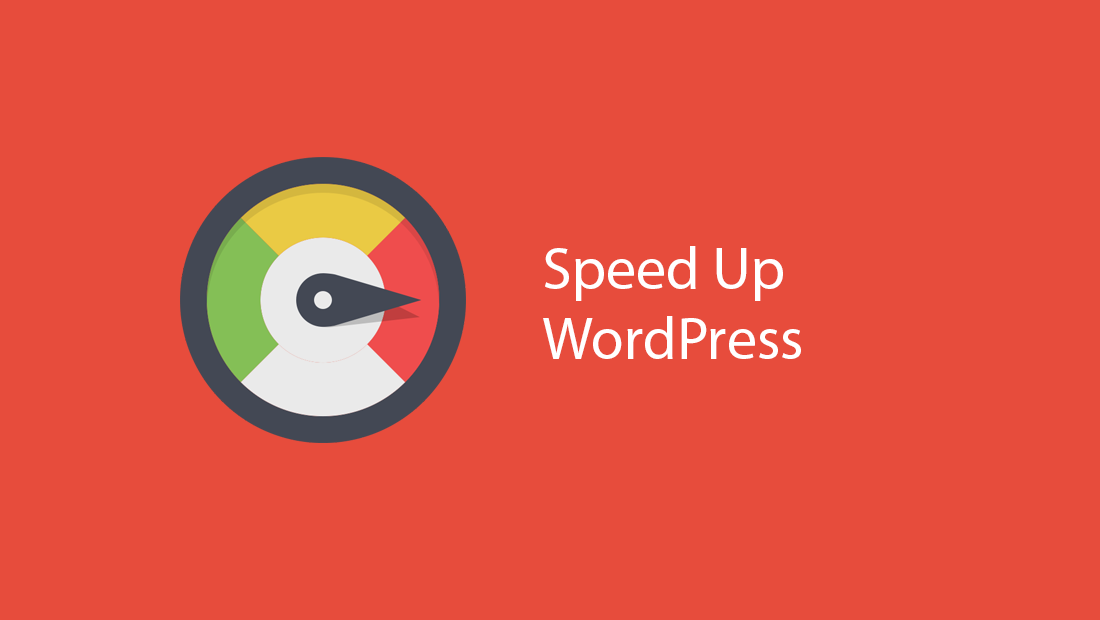Benefits of WordPress As Your Content Management System

Setting up a new website is like setting up a new physical store.
To help people find what you’re offering, you need to display your goods in a way that looks appealing, makes sense, and is easy for you to restock and update. In a retail store, the solution is fixtures; for your website, it’s a content management system (CMS).
There are lots of CMS options, but for new site owners, the WordPress content management system offers a lot of benefits right out of the virtual box.
“9 Benefits of Using WordPress as Your CMS”
1. Your CMS Is Free
There are a lot of reasons to like WordPress, but the fact that it’s free is a pretty compelling reason to use WordPress as a content management system on its own.
It’s normal to wonder if “you get what you pay for,” but even big companies like Disney and major media outlets like Time and TechCrunch use WordPress as their content management system. And many of the plugins for WordPress that add functions and features are also free, or come in free and premium (paid) versions.
Using WordPress and free plugins leaves more money in your budget for content production and promotion.
2. You Can Present Your Content the Way You Want
Because there are thousands of themes and more than 55,000 plugins for WordPress, your blog, store, or business site can have its own unique look. Consider that the official websites of Sweden, Beyonce, and BBC America all use WordPress, but have radically different looks, features, and functions:



Many WordPress themes are customizable, too, which gives you control over your site’s fonts, colors, and formatting within your chosen theme’s overall structure.
3. Your Content Is Easy to Publish, Revise, and Update
The biggest benefit of the WordPress content management system is that it’s easy for writers, photographers, video producers, store owners, and podcasters to publish their content without knowing code.
Publishing a blog post and adding images is not much more technically challenging than creating a text document or a slideshow. With the right plugins, sharing videos and podcast audio is easy, too. When you want to make edits and updates, just go to the post, make your changes, and click the update button.
4. You Can Easily Add More Creators to the Mix
When you’re ready to add other contributors to your blog or hire a photo editor to update your product photos, WordPress makes it easy to add them and specify the level of access they have to your content.
Most designers and writers are already familiar with WordPress because they use it for their own sites and/or because their clients use it, so you won’t have to spend a lot of time and money training new people on the basics of your CMS.
And if you want to change or upgrade your site in a particular way and can’t find a plugin to do it, there are lots of developers who know WordPress and can help you create what you want.
5. Your Online Store Is Easy to Set Up
Products are your most valuable content when you run an online store.
With the free WooCommerce plugin for WordPress, you can set up an easy-to-navigate, mobile-friendly catalog and product pages that convert. WooCommerce extensions for social media, payment services, and shipping companies help you promote, sell, and ship your items seamlessly.
6. Your Content Gets Found
You want your audience to find your posts, products, or business.
WordPress makes it easier for that to happen, by formatting your site in a way that’s easy for search engine crawlers to navigate and by giving you a way to enter and refine your content’s title tags and meta descriptions without any coding. These tags and WordPress’ optimized structure allow search engine crawlers to quickly see what your content is about.
There are also SEO plugins to optimize your site’s search engine performance even more. The free version of the Yoast SEO plugin lets you quickly optimize your keywords, preview your pages in Google results, and more. The Google XML Sitemaps free plugin builds a crawler-friendly map of your site and pings search engines when you add new content.
7. Your Content Is Mobile-Ready
You’ve probably heard many times that your website needs to be mobile friendly, and I’m going to repeat it here because it’s so true. More than half of all web traffic worldwide and almost 40% of US-based web traffic now come from mobile devices.
Every type of content you include on your site—images, text, reviews, videos, product catalogs—needs to load fast and display properly on mobile devices.
A mobile-optimized WordPress theme makes sure your content looks right on mobile devices, and managed WordPress web hosting delivers the fast load times users (and Google) expect. Together, these WordPress tools and plugins use your content to create the best possible experience for your smartphone-wielding site visitors.
8. Your Content Is Easy to Share
WordPress website business owners have many options for social sharing tools, and many of them are free. One of the most popular plugins for social, Social Media Share Buttons & Social Sharing Icons, does what it says in the name, with added features like RSS feed support so people can subscribe to your content updates and a choice of social button styles to coordinate with your site’s design.

Yoast SEO users can opt to use the social sharing tools built into that plugin. WooCommerce also has social media options so you can promote your products on Instagram and other channels.
9. You Can Display Customer Reviews
Your web content isn’t limited to posts and media created by you and your team. Your customers can (and hopefully will) create content for your site, too. The most valuable customer-generated content is the review, because most of us check reviews before we make spending decisions now.
Embedding customer reviews on eCommerce websites can keep visitors on your site while they do their research so you don’t risk losing them when they click away to look for customer feedback. WordPress plugin WP Review has a free version that lets you choose your rating system, colors, language, and design. This plugin also supports Google Rich Snippets so your review boxes can display nicely in search results.











